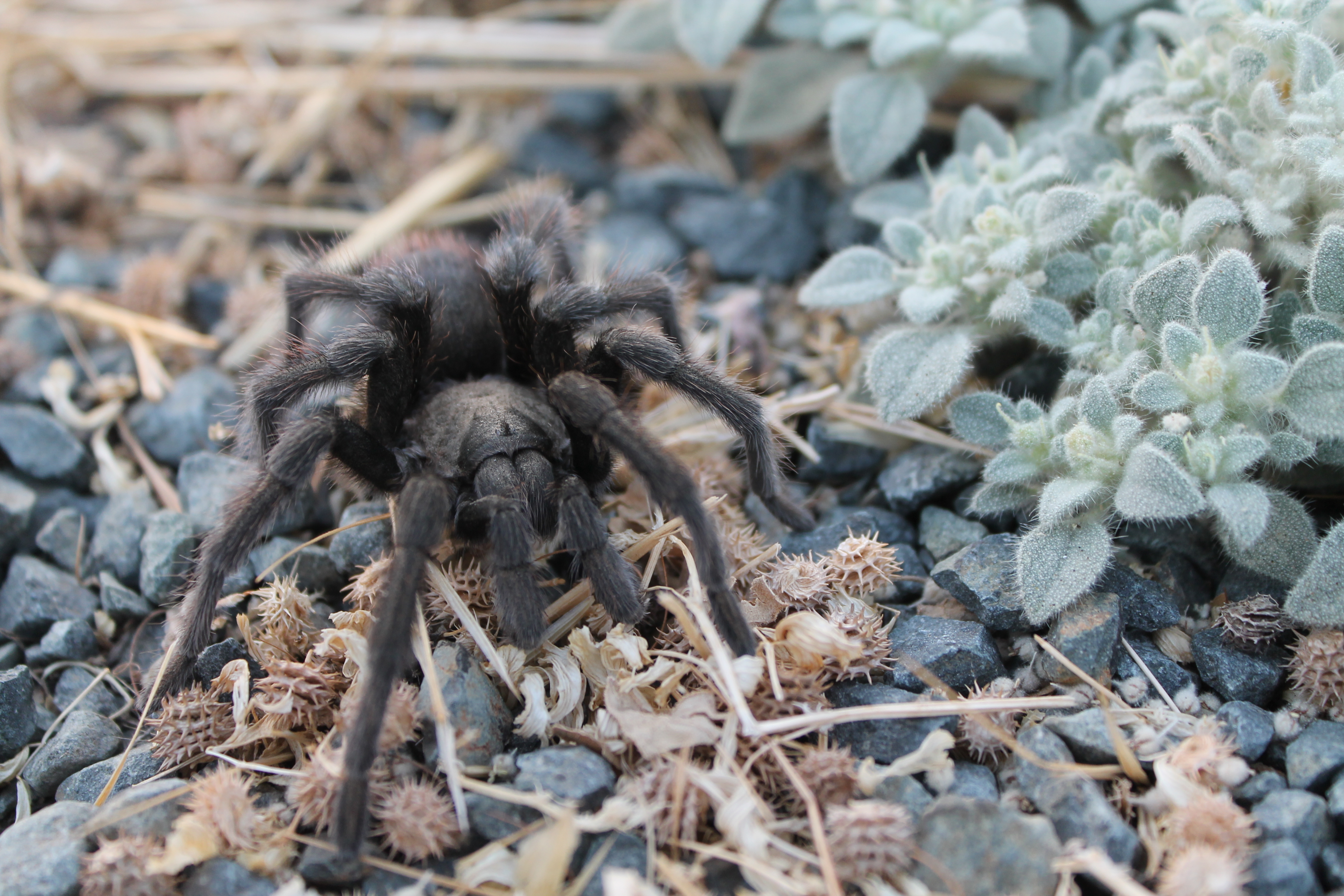Summary
Aphonopelma is a genus of tarantulas native to the Americas. It includes nearly all the North American tarantula species north of Mexico and a considerable percentage of the tarantula species that range into Central America. Most are fairly large tarantulas with leg spans of 6 in (16 cm) or more. Like most New World tarantulas, all species of Aphonopelma have urticating hairs. Despite their fearsome appearance, these tarantulas are not harmful to humans and some species are popular in the pet trade. With about 90 species described so far, Aphonopelma comprises about 10% of the total number of described tarantula species. However, their taxonomy is poorly understood and species are difficult to tell apart, especially those that are brown or black without other pattern. Therefore, the actual number of species is unknown, with more species likely to be identified in the near future. In captivity, they are usually fed crickets; in the wild, they eat most insects, including crickets, grasshoppers, cockroaches, mantises, and beetles.
Taxonomy
The genus has a complicated taxonomic history. It was erected in 1901 by Reginald I. Pocock, when he split up Eurypelma (now Avicularia), with the type species Eurypelma seemanni. Pocock also separated off the genus Dugesiella. Two more new genera were later distinguished from Aphonopelma: Delopelma by Alexander Petrunkevitch in 1939 and Chaunopelma by Joseph C. Chamberlin in 1940. In 1985, Robert J. Raven reviewed mygalomorph genera and considered the differences among all these genera to be insignificant. He synonymized them under the name Rhechostica, which had been published by Eugène Simon in 1892, so had priority. Since the name Aphonopelma was much better known than Rechostica, the International Commission on Zoological Nomenclature in 1991 agreed to give Aphonopelma precedence over Rhechostica. In 1995, Smith erected the genus Apachepelma for the species A. paloma; in 1997, Prentice transferred it back to Aphonopelma.

Phylogeny
Molecular phylogenetic studies suggest that the genus is not monophyletic. Two groups of species are apparent: one from Central America, including the type species A. seemanni from Costa Rica, and another made up of species found in the United States. The relationship between the two groups and the genus Sericopelma is shown in the cladogram below. With further research, a new genus may be needed for the American group of species.